A new software package developed by researchers at Macquarie University can accurately model the way waves—sound, water or light—are scattered when they meet complex configurations of particles.
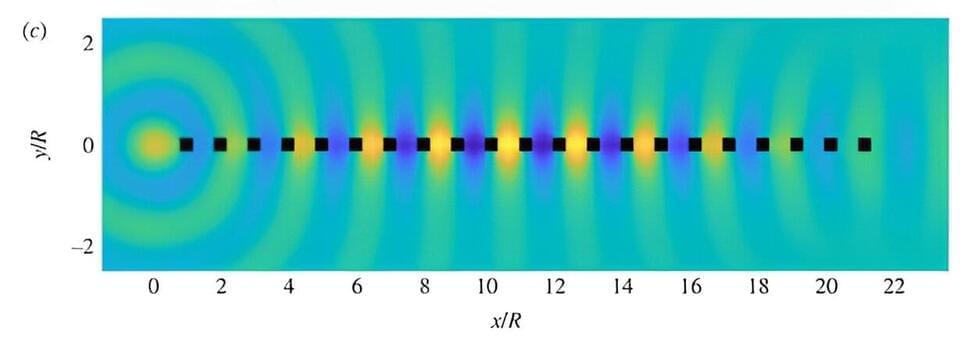

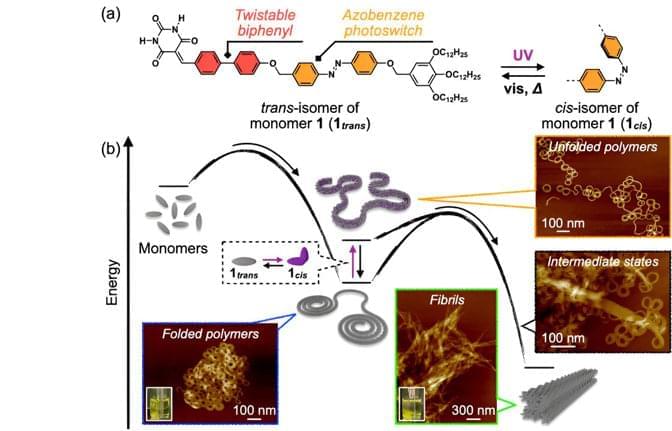
In polymers, the competition between the folding and aggregation of chains, both at an individual level and between chains, can determine the mechanical, thermal, and conductive properties of such materials. Understanding the interplay of folding and aggregation presents a significant opportunity for the development and discovery of polymeric materials with tailored properties and functionalities.
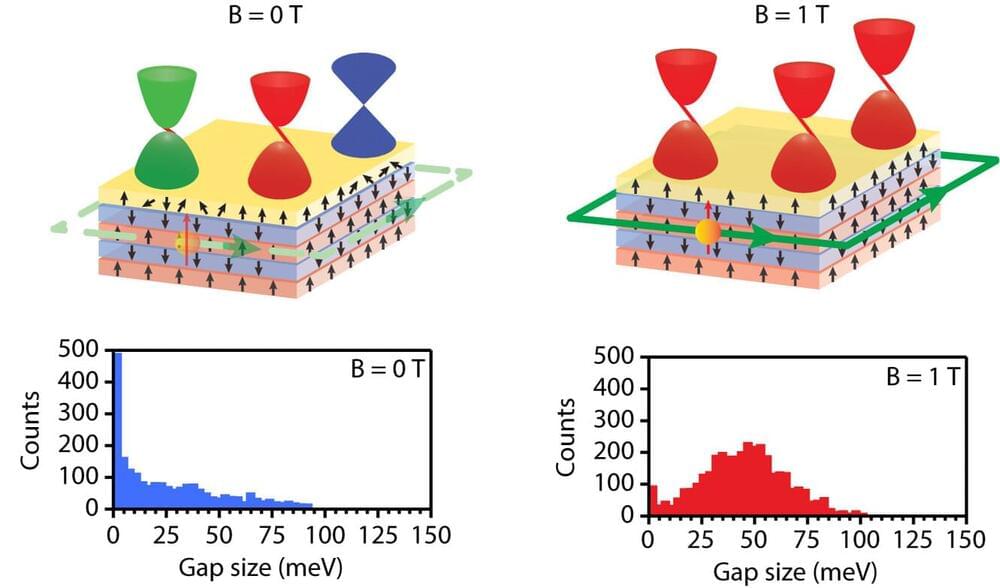
Yet, the current flow along these topologically protected, one-dimensional edges has proven to be far from robust. With the QAHE breaking down in magnetically doped topological insulators at temperatures higher than 1 Kelvin, well below the temperatures predicted by theory.
A new class of materials, known as intrinsic magnetic topological insulators (MTIs), for example MnBi2Te4, possess both non-trivial topology and intrinsic magnetism and are predicted to offer more robust QAHE at higher temperatures than magnetically doped topological insulators.
In MnBi2Te4 it has been shown that the QAHE can survive up to 1.4 K, and interestingly, this can rise to 6.5 K with the application of stabilizing magnetic fields, providing hints at the mechanisms that are driving the breakdown of topological protection.
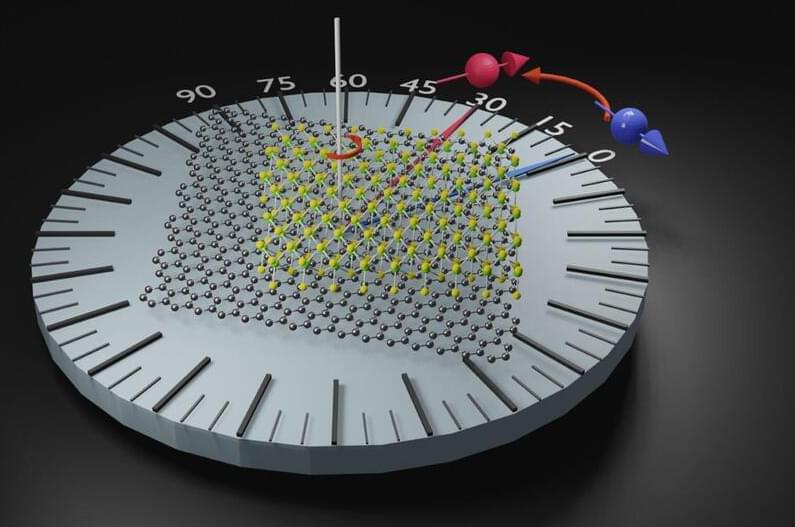
In conjunction with research staff from the Charles University of Prague and the CFM (CSIC-UPV/EHU) center in San Sebastian, CIC nanoGUNE’s Nanodevices group has designed a new complex material with emerging properties in the field of spintronics. This discovery, published in the journal Nature Materials, opens up a range of fresh possibilities for the development of novel, more efficient and more advanced electronic devices, such as those that integrate magnetic memories into processors.

Building a robot takes time, technical skill, the right materials – and sometimes, a little fungus.
In creating a pair of new robots, Cornell researchers cultivated an unlikely component, one found not in the lab but on the forest floor: fungal mycelia. By harnessing mycelia’s innate electrical signals, the researchers discovered a new way of controlling “biohybrid” robots that can potentially react to their environment better than their purely synthetic counterparts.
The team’s paper, “Sensorimotor Control of Robots Mediated by Electrophysiological Measurements of Fungal Mycelia,” published Aug. 28 in Science Robotics. The lead author is Anand Mishra, a research associate in the Organic Robotics Lab led by Rob Shepherd, professor of mechanical and aerospace engineering in Cornell Engineering, and the paper’s senior author.
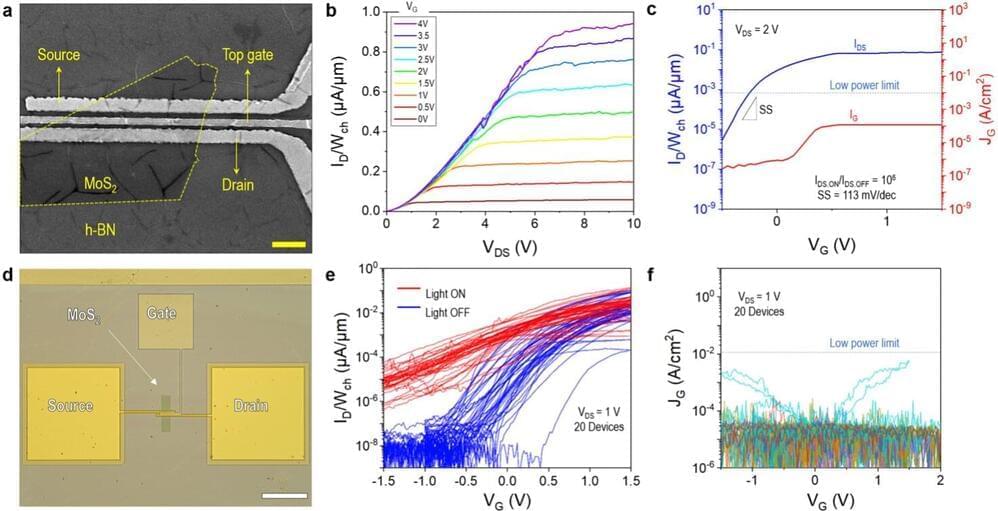
Two-dimensional (2D) semiconducting materials have distinct optoelectronic properties that could be advantageous for the development of ultra-thin and tunable electronic components. Despite their potential advantages over bulk semiconductors, optimally interfacing these materials with gate dielectrics has so far proved challenging, often resulting in interfacial traps that rapidly degrade the performance of transistors.
Researchers at King Abdullah University of Science and Technology (KAUST), Soochow University and other institutes worldwide recently introduced an approach that could enable the fabrication of better performing transistors based on 2D semiconductors. Their proposed design, outlined in a paper in Nature Electronics, entails the use of hexagonal boron nitride (h-BN) dielectrics and metal gate electrodes with a high cohesive energy.
“Initially, we found that when we use platinum (Pt) as an anode, the h-BN stack is less likely to trigger dielectric breakdown,” Yaqing Shen, first author of the paper, told Tech Xplore. “Based on this finding, we designed our experiments and found that Pt/h-BN gate stacks show 500-times lower leakage current than Au/h-BN gate stacks and exhibit a high dielectric strength of at least 25 MV/cm. This gave us the idea of using CVD h-BN as a gate dielectric in 2D transistors.”

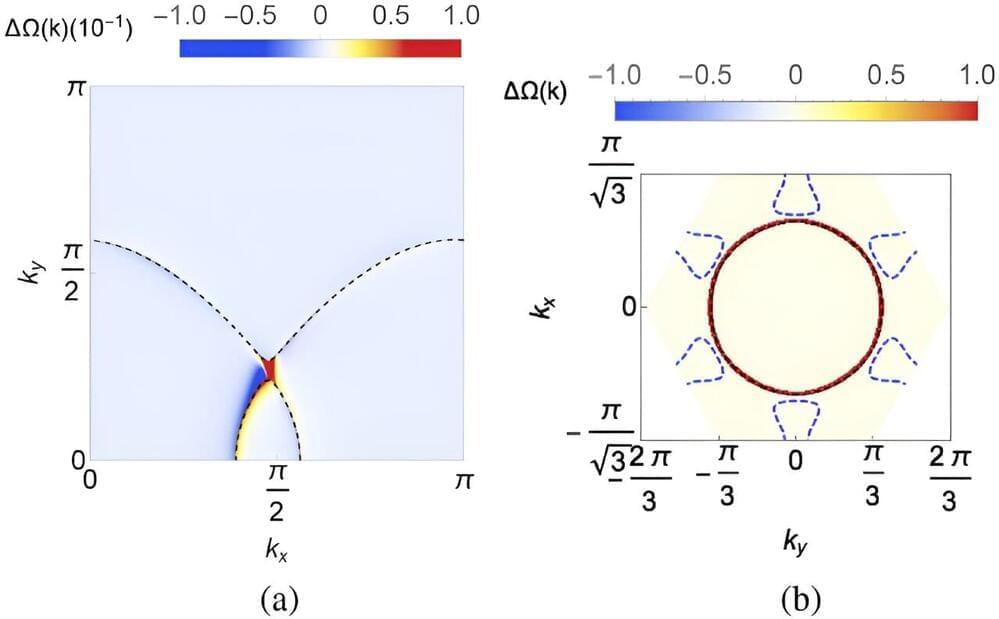
A new study led by Rice University’s Qimiao Si has unveiled a new class of quantum critical metal, shedding light on the intricate interactions of electrons within quantum materials. Published in Physical Review Letters on Sept. 6, the research explores the effects of Kondo coupling and chiral spin liquids within specific lattice structures.

Humans are still learning from nature.
Researchers mimicked ancient fish scales for a 3D-printed concrete structure:
Concrete is a ubiquitous building material, but over time, it may become prone to cracking. In order to ensure the long-term durability and safety of concrete structures, it is essential to prevent or minimize cracking.
Researchers have developed a novel approach to improve the longevity of concrete by increasing its fracture resistance mechanisms.
The Princeton Engineering team used cutting-edge additive manufacturing processes and precision robotic automation to create twisted concrete components. The resulting concrete is stronger and more durable than the standard cast concrete.